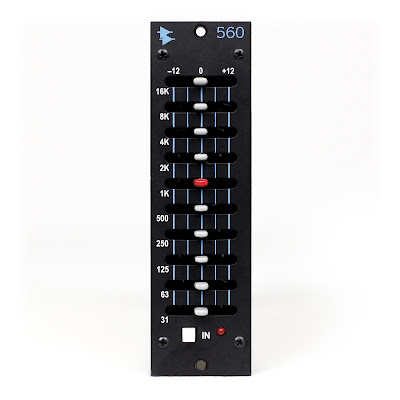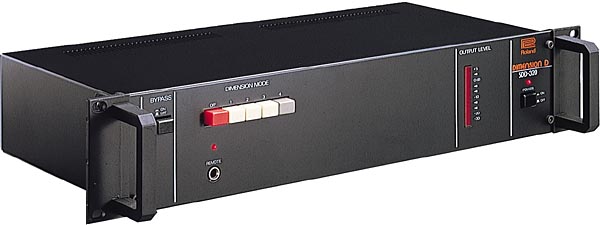I recorded and mixed Ini Kamoze's "Here Comes The Hotstepper" produced by Salaam Remi. It was recorded with a Trident 65B console onto a Tascam MTR-80 24 Track 2" Tape machine. We used Ampex 456 2" analog tape. Salaam and I then mixed it on a 48 channel SSL SL 6000E with tons of outboard at Soundworks Studios on 54th St. NYC. Sadly the studio fell victim to urban development and no longer exists. It was located beneath the infamous nightclub Studio 54. Many great artists such as Prince (RIP - still can't believe he passed away), Stevie Wonder, Madonna, Teddy Riley and Guy just to name a few, recorded/mixed projects there.
The pics below are not the actual gear that was used on the mix but I wanted you to have a visual.
The speakers used for nearfields were the ubiquitous Yamaha NS-10s,
and Auratones. I actually used just one in mono:
and the mains were the club ready Urei 813A:
We would also check the mix on the built in monitor of the Studer A820 1/2 inch 2 track machine which was used to print the final passes of the mixes.
As for outboard we had a good selection of gear to play with including:
Pultec EQP-1A (4) Equalizer:
Neve 1077(8) Mic Pre/Equalizer. This is not the actual rack but its very similar:
API 550A (2) Parametric Equalizer:
API 550B (2) Parametric Equalizer:
API 560 (2) Graphic Eq:
Neve Prism EQs and Dynamics channelstrips (10) (like those from a Neve VR series console):
Urei 1176(2) Compressor/Limiter:
Urei LA2A(2) Compressor/Limiter:
Neve 33609Stereo Compressor/Limiter:
DBX 160(4) Compressor -(the 1/2 rack space units):
DBX 160x(2) Compressor:
DBX 902(4) De-esser:
Lexicon 480L and Lexicon 224 Reverbs:
Lexicon PCM 70, 90 Reverbs:
Lexicon PCM 42 delays (3):
Eventide H3000 Harmonizer:
AMS RMX-16 Digital Reverb:
AMS DMX 15-80S Digital Delay/Pitch Shifter:
ADR Panscan:
Roland Dimension D Chorus:
TC Electronic TC1210 stereo flanger/chorus:
Fulltone Tri-Chorus:
EMT plate 140 - 3 (set to short, medium and long decay). The setup was very similar to the pic below. The EMTs were mounted on a thick concrete slab in the middle of a fully isolated room. The room also had thick concrete walls and thick doors and was located in the very back of the studio. Away from all noise sources as the plates are very sensitive to vibrations:
Quantec QRS Room Simulator:
DBX 500 Sub Harmonic Synthesizer:
The tracks consisted of samples combined with programmed drums, bass etc. and we had to give it a cohesive sound plus have the sonic vibe we felt was necessary to support the vocals and make the song a hit.
The mix actually started in the recording stage. Each sound was compressed and eq'd then printed to tape with Salaam's sonic vision as the ultimate goal. Then during the actual mix I started by getting a rough balance then adding compression and eq with the onboard SSL Dynamics and Eq sections then adding outboard processing wherever necessary.
Here's a video of the song: (See the original video at https://youtu.be/w0N4twV28Mw.)
We misplaced the recall sheets some years ago so I'm going by memory on some of the things we did on the mix.
On the bassline which supplemented the main loop the DBX 500 was used to augment the low end. The output of the subharmonic was enhanced with the SSL's onboard dynamics and Eq. to ensure that the low end didn't get out of control and eat up all the headroom in the mix.
A DBX 160x was used on the guitar loop to make it sit properly in the mix.(Salaam's Dad actually played the guitar part on the original "Heartbeat" record that was used for Hotstepper.)
I used the SSL's channel filters to roll off the both the low and high end. Then used the channel Dynamics and Eq to emphasize the frequencies we felt the guitar needed but it still was missing something. So Salaam asked me to patch in a DBX 160 on the SSL channel insert and proceeded to drastically squash the dynamics of the guitar. When it was soloed the sound wasn't all that great but when placed in the mix it worked perfectly. If I remember correctly the ratio was 6 to 1 with a very low threshold. The output gain was turned up so that the guitar's volume level was equal whether the DBX160x was active or in bypass. This way I could tell exactly what the compressor was doing without being fooled by a change in volume.
(Note: Even when mixing in the box I still try to practice proper gain structure. I feel its the only way to avoid clipping issues, unnecessary distortion and most importantly to make objective decisions and adjustments when tweaking the settings on your favorite plugins.)
If my memory serves me correctly, for reverb we used a combination of the Lexicon 224 (Rich Plate), Lexicon 480 (A Plate & Large Hall) and the EMT 140. The internal settings of the Lexicon reverbs were tweaked to better suit the song. The faders on the channels that the Efx returns were patched into were turned down between 6 to 10db and further tweaked with the onboard dynamics and equalizers to improve the signal to noise ratio and enhance the reverb/delay tails. By hitting the inputs of the units with a hotter level and then turning down the outputs we were able to get a better, more consistent and definitely less noisy sound on all our effects. This method worked especially well with the Eventide Harmonizer and AMS DMX/RMX which although great sounding units they tended to be a little noisy.
The delays used were the PCM 42s. The delay on the strike in the intro was done by feeding one PCM42 set to one repeat to create an offset delay which was then fed into another delay. The output of the second delay was fed into the Panscan to have it move from left to right in the stereo field.
I will do future posts with more details on the gear that was used on the Hotstepper remix.




























